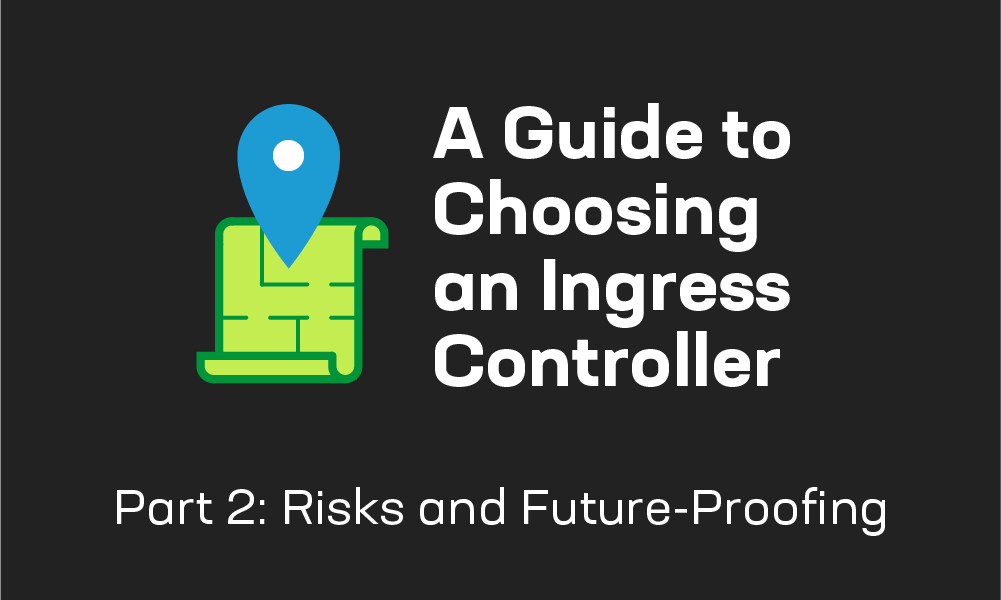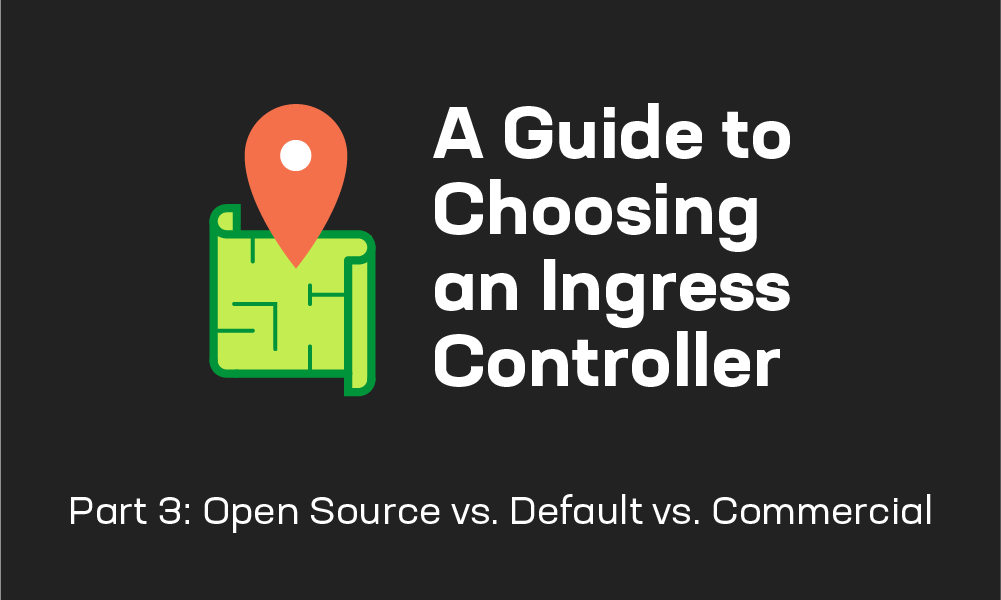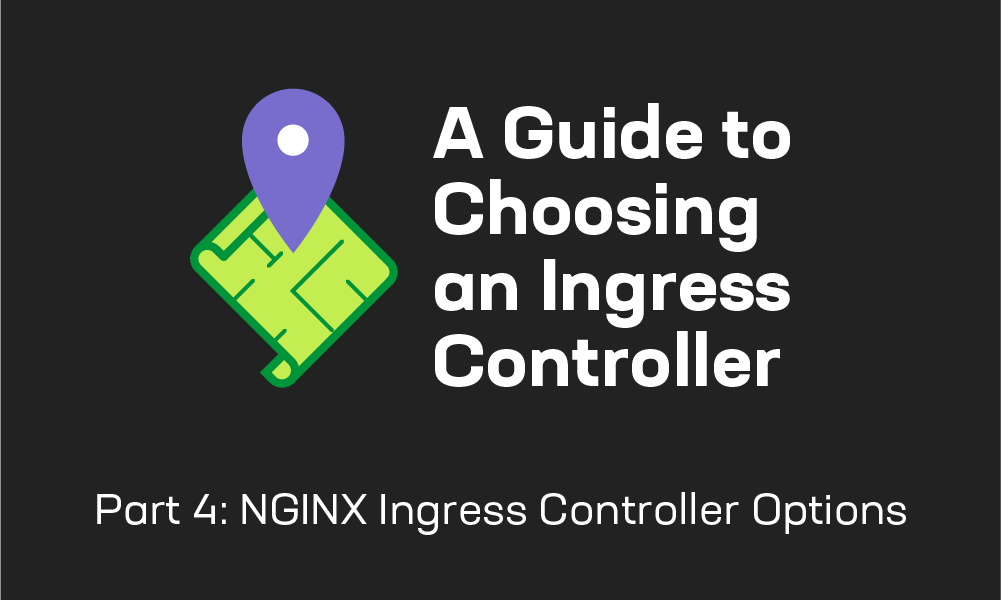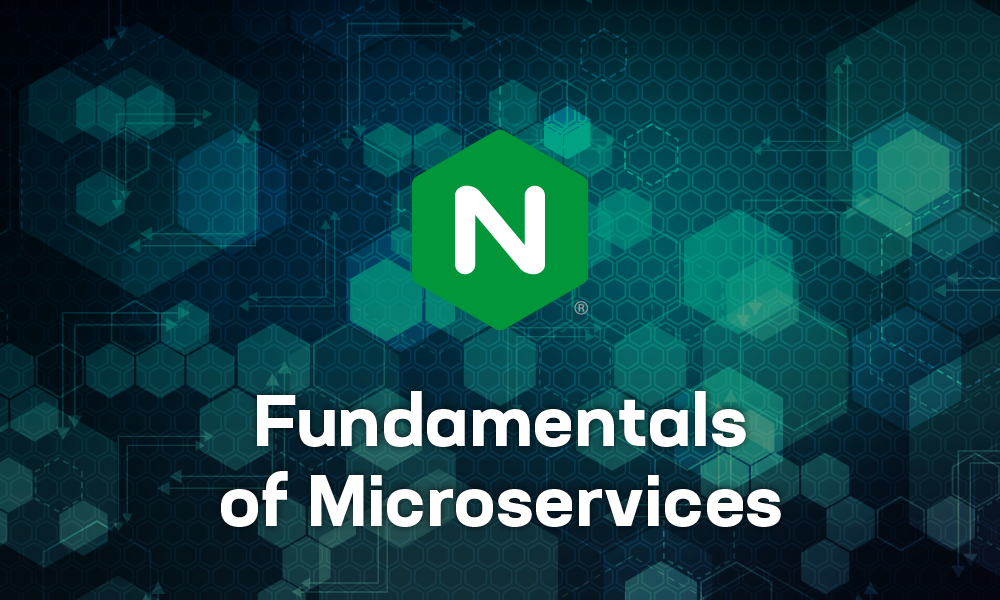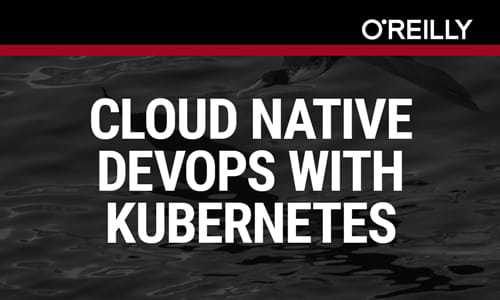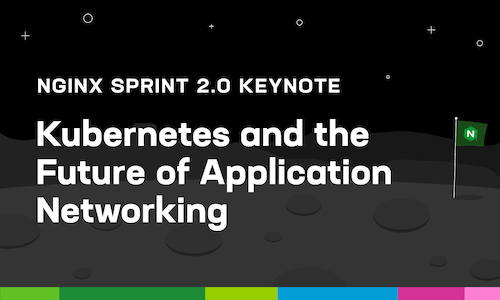This blog is the second in our five‑part series about Kubernetes networking for Microservices March 2022:
- Program overview: Microservices March 2022: Kubernetes Networking
- Unit 1: Architecting Kubernetes Clusters for High‑Traffic Websites (this post)
- Unit 2: Exposing APIs in Kubernetes (coming soon)
- Unit 3: Microservices Security Pattern in Kubernetes (coming soon)
- Unit 4: Advanced Kubernetes Deployment Strategies (coming soon)
Kubernetes networking is a framework for connecting your Kubernetes components, services, and traffic – but it’s more than just moving packets from A to B! In Unit 1, we answer the fundamental question How do I route traffic to my microservices in Kubernetes?
Three activities guide you progressively from a high‑level overview to practical application. We suggest you complete all three to get the best experience.
- Step 1: Watch the Livestream (1 Hour)
- Step 2: Deepen Your Knowledge (1–2 Hours)
- Step 3: Get Hands‑On (1 Hour)
Step 1: Watch the Livestream (1 Hour)
Each Microservices March livestream provides a high‑level overview of the topic featuring subject matter experts from learnk8s and NGINX. If you miss the live airing on March 7 – don’t worry! You can catch it on demand.
In this episode, we answer the question “How do I route traffic to my microservices in Kubernetes?” by discussing:
- The basics of Kubernetes infrastructure and traffic management
- Node pools and node instances
- NodePort versus LoadBalancer versus Ingress
- The Ingress controller landscape
- What you need to know about the Kubernetes Gateway API
Step 2: Deepen Your Knowledge (1–2 Hours)
We expect you’ll have more questions after the livestream –that’s why we curated a collection of relevant reading and videos. This Unit’s deep dive covers two topics: options for exposing your Kubernetes services and how to select an Ingress controller that works best for your requirements.
This blog helps answer the question “Do I need an Ingress controller to accept traffic into my Kubernetes environment?” It includes:
- A primer on the other services for getting external traffic into a cluster: kube‑proxy, Cluster IP, NodePort, and LoadBalancer
- What you can expect an Ingress controller to do
- Why you might want to deploy a load balancer in front of an Ingress controller
Next, read our four‑part blog series, A Guide to Choosing an Ingress Controller.
An Ingress controller can be one of the most powerful tools in your Kubernetes stack. Learn how to determine your Ingress requirements so you can select the best option.
Learn about risks you might introduce by selecting the wrong Ingress controller, and key areas where you can future‑proof your selection.
As you evaluate Ingress controllers, you’ll notice they fall into three categories: open source, default, or commercial. Learn the pros and cons for each.
Learn which NGINX Ingress controller might be best for you, based on authorship, development philosophy, production readiness, security, and support.
Finally, learn about the new Kubernetes Gateway API which was introduced in 2021. While this is a very new technology that you’re unlikely to use right away, you’re likely to see many open source projects and commercial products leveraging this API in the coming years.
Bonus Research
If you’re keen to deepen your knowledge on microservices and Kubernetes –and have more than 1–2 hours to spend –then we suggest three additional resources to get you started.
This webinar introduces key microservices concepts and provides an understanding of hybrid architectures, containers, Kubernetes, Ingress controllers, and more.
This O’Reilly book shows how to apply industry‑standard DevOps practices to Kubernetes in a cloud‑native context. Learn how to build, deploy, and scale modern applications in the cloud.
Mark Church, a product manager at Google, is involved in creating the standards that define container networking. In this keynote, he explores how Kubernetes has impacted the service mesh ecosystem and offers his predictions for the future of application networking.
Step 3: Get Hands-On (1 Hour)
Even with all the best webinars and research, there’s nothing quite like getting your hands on the tech. The Microservices March labs run you through common scenarios to reinforce your learning.
In our first self‑paced lab, Reduce Kubernetes Latency with Autoscaling, you use NGINX Ingress Controller to expose an app and then autoscale the Ingress controller in response to a traffic surge. Watch this 20-minute walkthrough of the lab to see it in action and learn the “why” behind each step.
To access the lab, you need to register for Microservices March 2022. If you’re already registered, the email you received with the Unit 1 Learning Guide includes access instructions.
Why Register for Microservices March?
While some of the activities (the livestreams and blogs) are freely available, we need to collect just a little personal information to get you setup with the full experience. Registration gives you:
- Access to four self‑paced labs where you can get hands‑on with the tech via common scenarios
- Membership in the Microservices March Slack channel for asking questions of the experts and networking with fellow participants
- Weekly learning guides to help you stay on top of the agenda
- Calendar invites for the livestreams
What’s Next?
Unit 2: Exposing APIs in Kubernetes begins on March 14. Learn about common API gateway use cases in Kubernetes, including authorization and authentication, OIDC, and rate limiting.


